5 Public Domain Monsters You Can Base Your OCs On
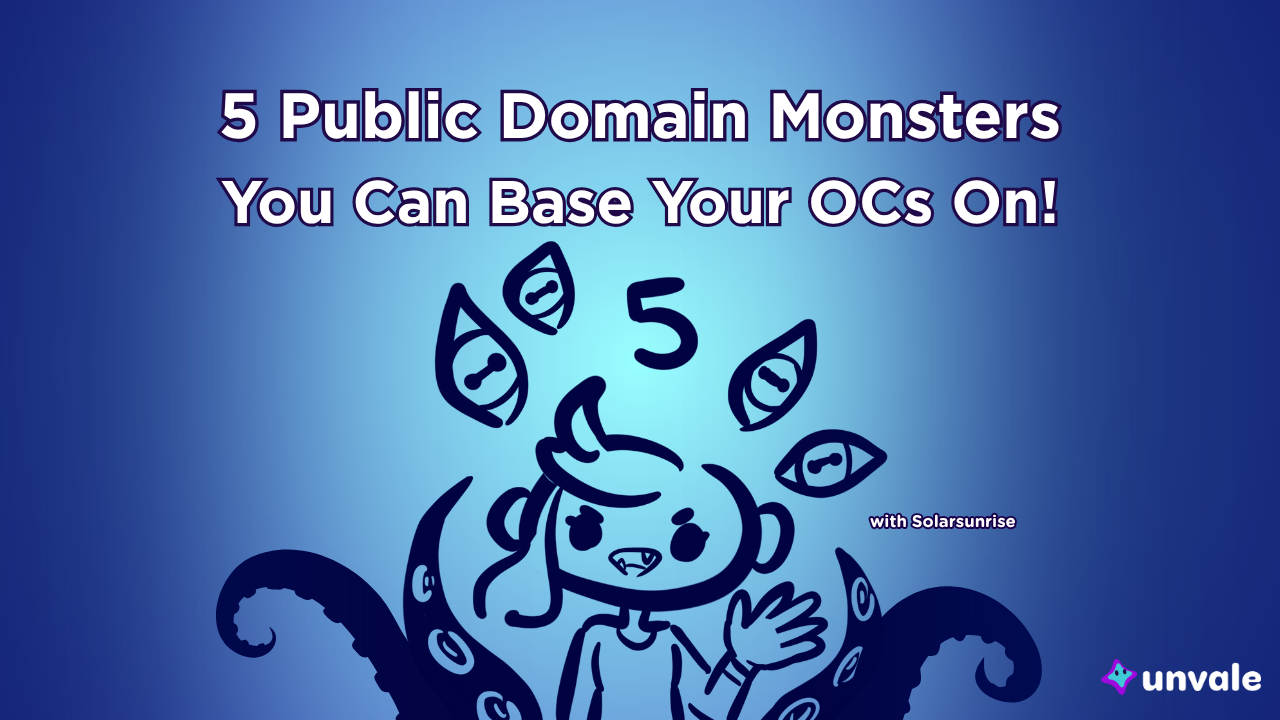
Ghosties and ghoulies, oh my! Here are five different monsters to inspire you to create new OCs; but first, what the heck is the ‘public domain’ bit? To skip the tricks and make it short and sweet, media that has entered public domain has no copyright attached. In the U.S., Canada and Europe, media enters copyright 70 years after the creator’s death, making most public domain media quite old.
Either way, monsters are often born from superstition and folklore, making them already properly ‘public domain’ in a sense. I’ll touch a little bit on folklore and popular public domain media that features these beasties. This’ll be a long one, so buckle up! Give some love to the featured monsters in the hashtags I linked too (those links will be bolded).
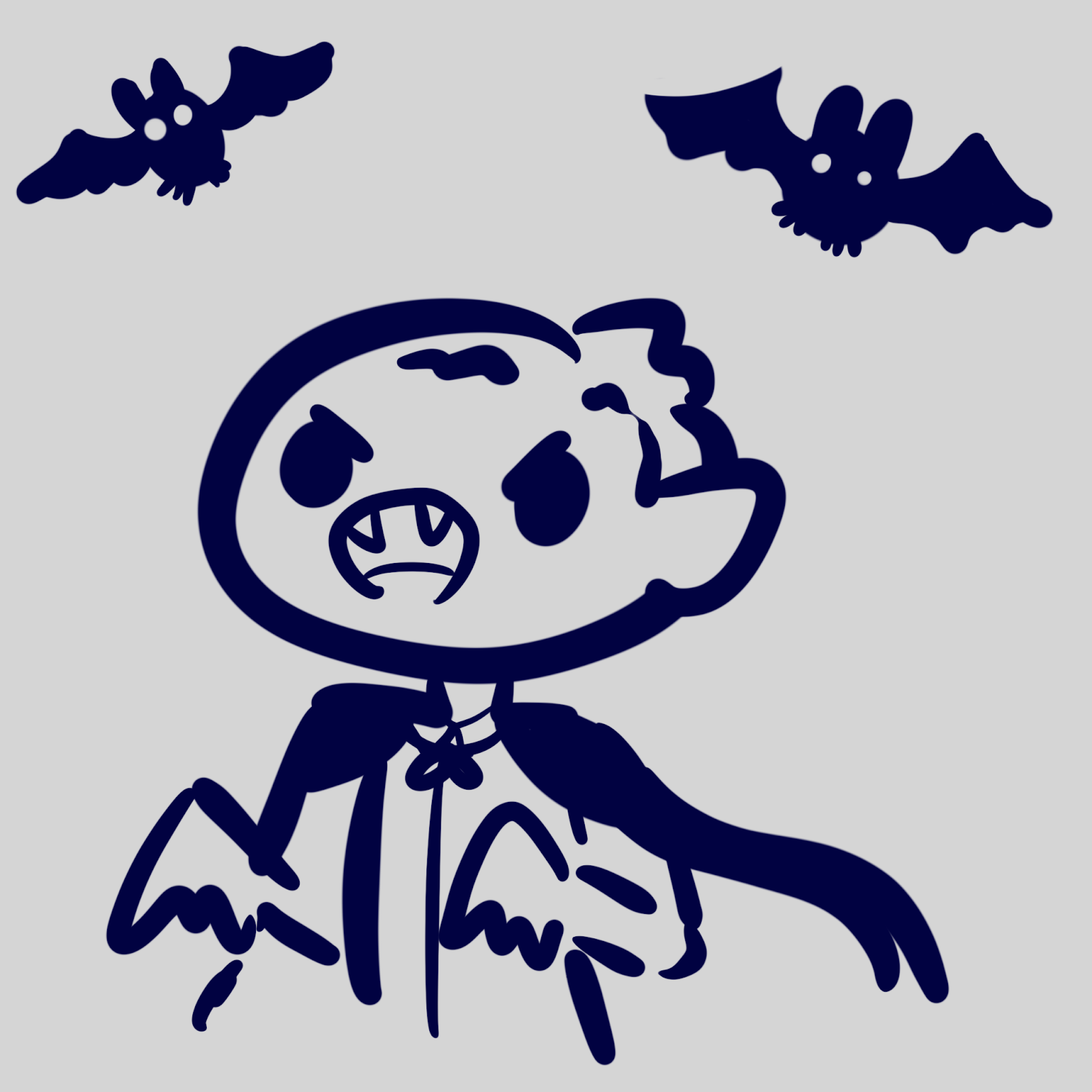
Vampires
Starting off with the iconic vampire, these creatures of the night have held Europe in a vice grip of fear as recently as the 1970s with the Highgate Vampire of London. The most famous public domain works featuring vampires are, of course, the legendary novel Dracula by Bram Stoker and the silent film inspired by it, Nosferatu. While vampires these days are glitzy and glamorous beauties, the titular Dracula is (to put it politely) a crusty old man. Some other interesting details from Dracula are that vampires:
- can only rest on soil from their homeland
- need to be invited into a home before they can enter it
- have the ability to transform into a wolf, mist, or a bat
- are weak to garlic and have an aversion to the cross and other Catholic rituals
- are weakened by sunlight, but not made vulnerable or killed by it
I’d highly recommend looking through historical records of vampire hysteria for inspiration, along with researching obscure old variations of vampire mythology if you want to make your OCs truly stand out from the black-clad bloodsucking crowd. I also have two honourable mentions to add to this section; dhampir and jiangshi. Dhampir are classically half-vampires. This can be because one of their parents was a vampire, or because the mother was drained of blood by a vampire while pregnant.
Meanwhile, jiangshi might be more recognizable to you as a ‘Chinese hopping vampire’. They absorb lifeforce or qi from living creatures, and are commonly depicted as being rotted and stiff, and only being able to hop due to rigor mortis. However, some jiangshi mythology describes them as being quite fast runners. Like European vampires, jiangshi mythology stems from the concept of improperly buried dead. In a lot of cultures world-wide, the dead that don’t receive a proper burial or last rites might return as revenants, undead creatures that haunt the living. Maybe your own culture has similar ideas and concepts that you could explore and share with your own OCs!
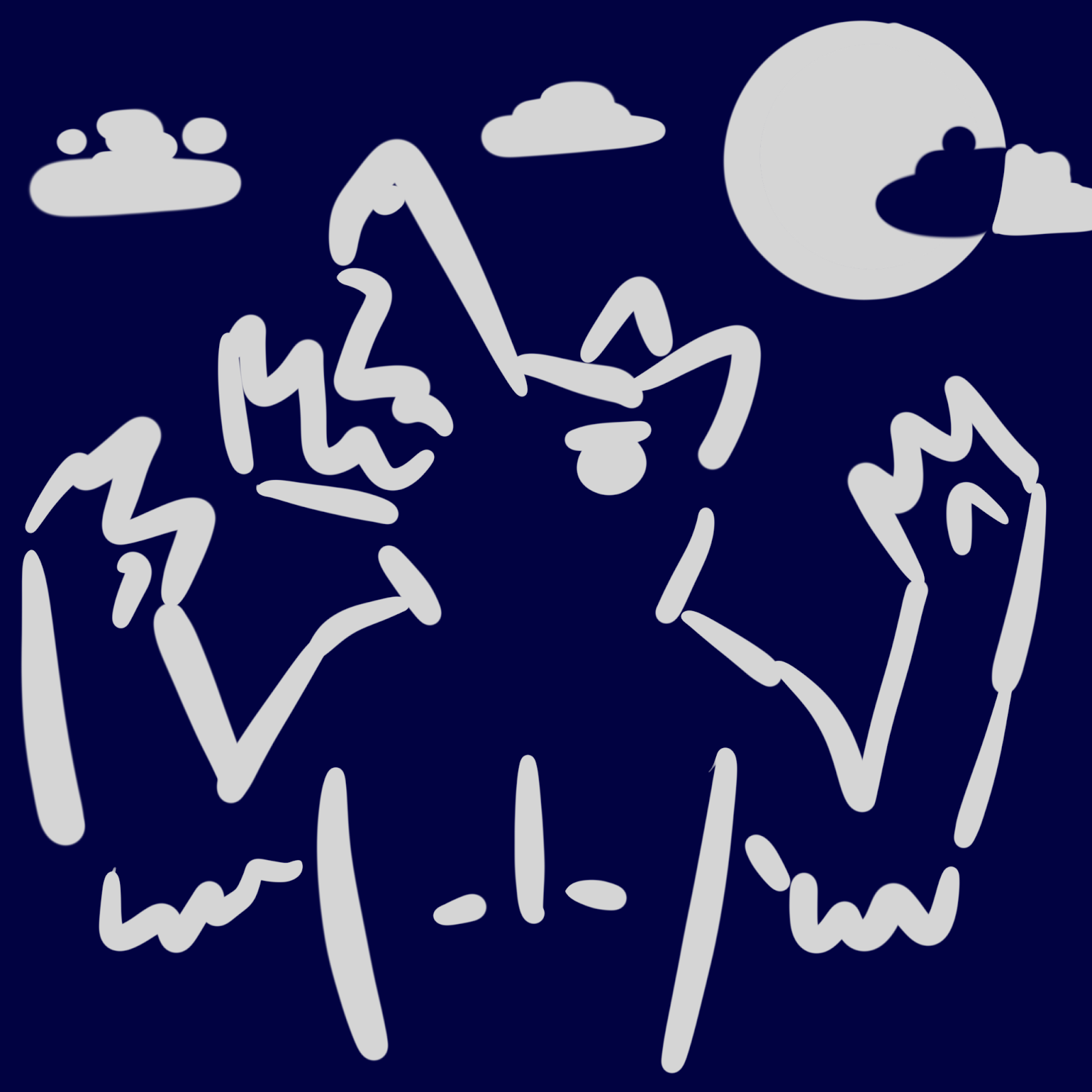
Werewolves
Next up is the classic werewolf. If we want to be clear cut about it, the two basic parts of werewolves are that they:
- Turn into a wolf or wolf-human hybrid
- Are forced into this shape on the full moon
However, these basic ideas can be modified, replaced, or flat-out ignored. Sometimes instead, you get werecats, therianthropes, other werebeasts, or shapeshifters. But let’s focus on werewolves in particular for this section.
An early public domain film featuring werewolves is Werewolf of London (1935). Here’s some werewolf mythology from the film:
- Lycanthropy (being a werewolf) can be temporarily treated through the (fictional) rare moonlight-blooming Tibetan flower, Mariphasa lumina lupina.
- Lycanthropy is passed on through bites and a person turns into a werewolf for several days around the full moon.
- Werewolves will try to kill whatever they love most, and they must kill a person every night or they won’t turn back.
- Werewolves can be killed by a regular bullet and revert to human form when killed.
The movie used light prosthetic make-up that allowed the lead actor to be recognizable to the audience and the cast, as the protagonist’s friends recognized him in his werewolf form.
The idea of people turning into wolves can be traced to Greek mythology with the story of Lycaon, but one of my favourite stories is the well documented history of the Beast of Gévaudan; a real life cryptid of sorts that plagued the French province of Gévaudan between 1764 and 1767. Predatory animals don’t usually attack humans for no reason and that’s part of what makes the Beast so scary; it ignored livestock and attacked and killed human women and children without eating them. While probably not an actual werewolf, the real-life stories of the beast might be a great inspiration to you as a creator.
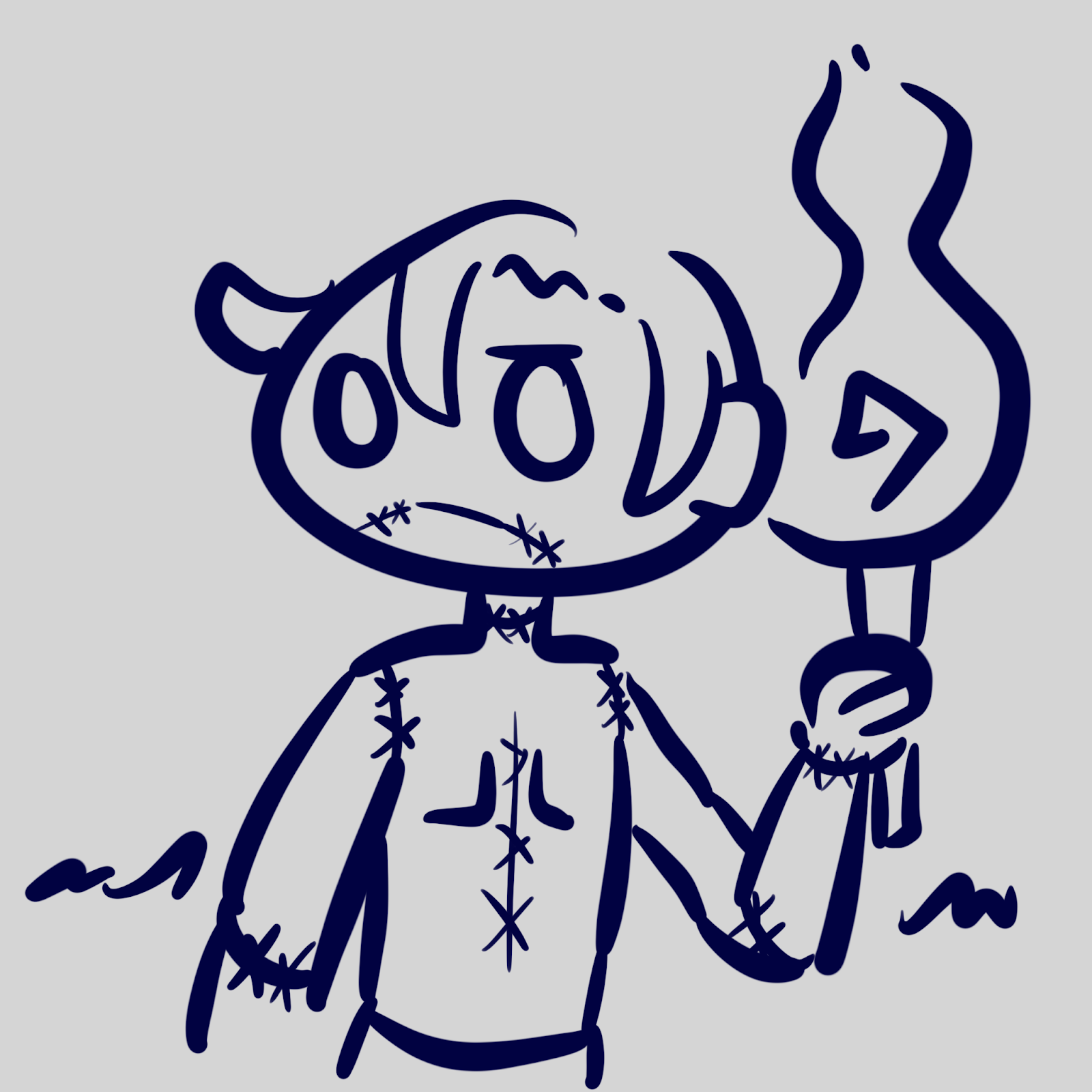
Frankenstein’s Monster
Frankenstein is a novel by Mary Shelley, first published in 1818. Shelley is not only an iconic female author, but she also began to write Frankenstein at the age of 18. The story depicts the creation of an intelligent lifeform reanimated from various body parts by the protagonist, Victor Frankenstein. The nameless creature (eventually referring to himself as like the biblical ‘Adam’) longs for the companionship of humanity and is rejected at every turn, even by his own creator. Eventually, ‘Adam’ asks Victor to create a companion for him; a bride. Even then Victor fails to do this, leading to greater tragedy.
The monster began to be portrayed as an innocent and childlike creature in the 1931 film Frankenstein, where the monster also gained its iconic green skin and neck bolts. Though Victor doesn’t reject his creation in this version of the film, the creature is attacked and antagonized by humans and becomes the monster it appears to be.
The main themes of the monster are the tragedy of its existence and rejection from normal society, but even if you don’t want to create a mishmash of flesh, you can create OCs with the same themes and a similar story to Frankenstein’s monster. Here are some examples:
- A lab experiment OC created or changed by humans
- A character with strange powers entering society for the first time
- A cyborg or android OC in a world of humans
There are many stories about creatures created by humans, such as golems and homunculi, and the modern robots and androids.
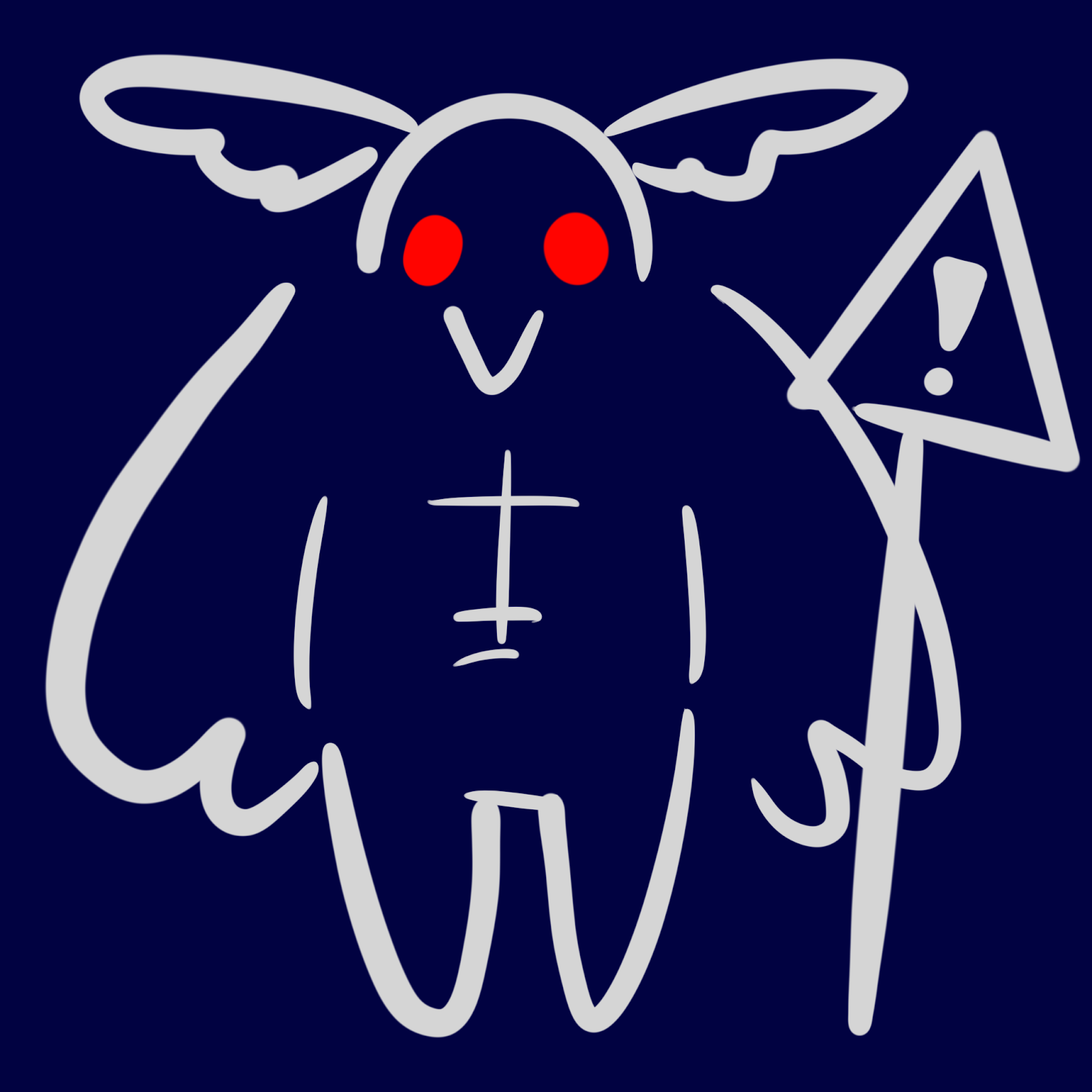
Cryptids
Maybe you’re thinking about Big Foot or the Loch Ness Monster, but there are many more exciting and bizarre cryptids out there that aren’t copyrighted.
Starting off with the Mothman, a creature reportedly seen around the Point Pleasant area of West Virginia, U.S.A starting in 1966. Thought to be a harbinger of doom due to it being seen before the lethal collapse of the local Point Pleasant Bridge. The Mothman has been described as a large, dark, man-like creature with massive wings and hypnotic glowing red eyes. While some skeptics believe the initial Mothman sightings were just a lost giant bird, Mothman is celebrated in Point Pleasant to this day with a Mothman Festival. Whether a winged menace or a benevolent hero, Mothman has captured the imaginations and hearts of many.
Next on our list is the Chupacabra, or literally ‘goat sucker’. Starting from 1995 rumors of livestock mutilations in the town of Moca, Puerto Rico and later becoming an island-wide issue, farmers began to report their livestock killed with their blood sucked through three puncture wounds on the chest area. While likely just a product of mass hysteria with no actual medical evidence, and with the most important eye-witness testimony describing a monster literally out of a movie… any Chupacabra sightings otherwise were probably just wild dogs with mange, or local Mexican hairless dogs. A bit of a bummer, but the story of the Chupacabra is iconic and has inspired many creators. Just look at the Unvale tag!
There are plenty more cryptids out there to base your OCs on; two of my favourites are the North American hoopsnake and the Japanese Tsuchinoko. While they’re not monsters per se, they’re both very silly.
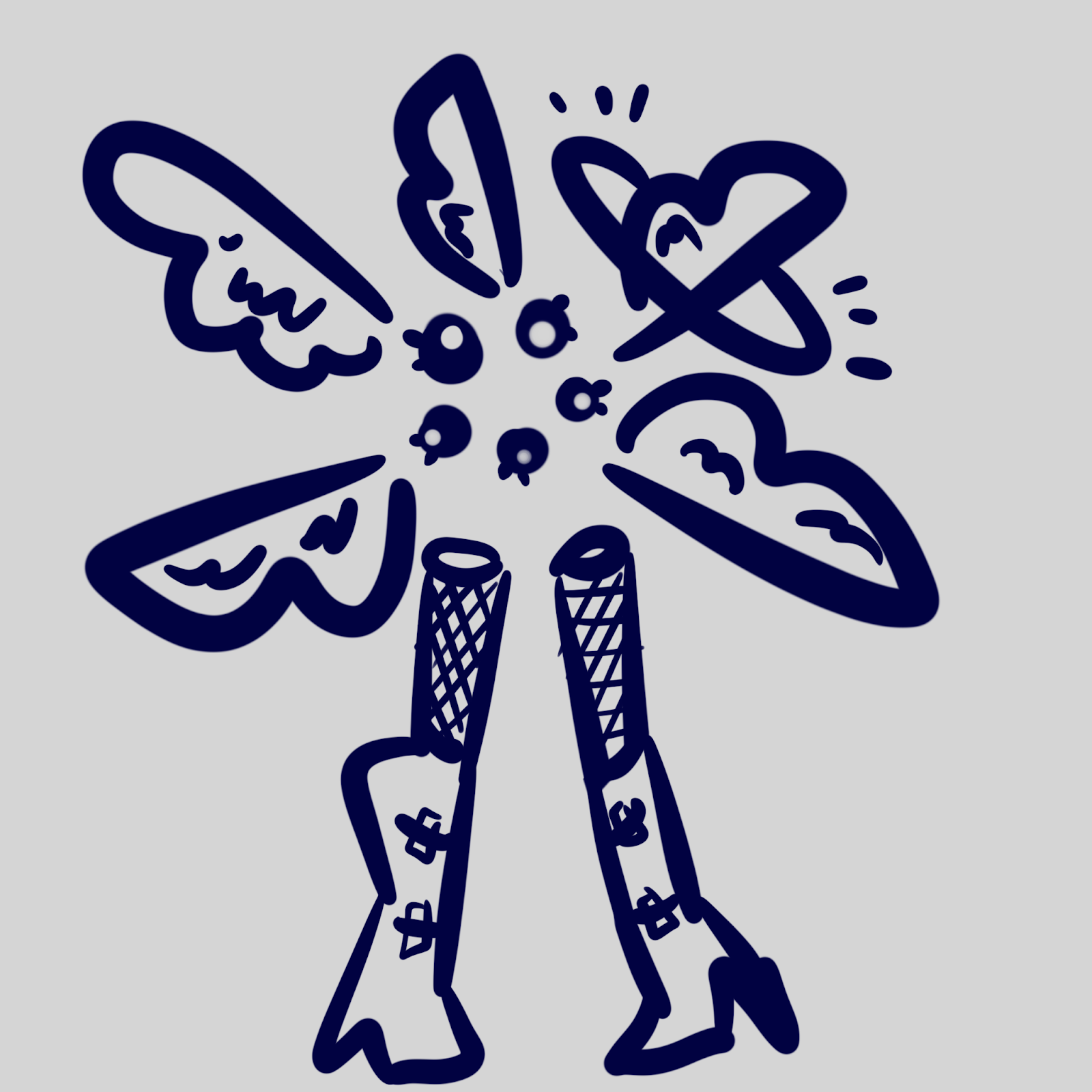
Demons and Angels
The bible is of course, public domain, meaning so are angels and demons. But if you’re not interested in pouring over religious texts for inspo, I’ve got a sort of ‘bible fanfiction’ for you: Dante Alighieri’s Inferno. Dante also wrote two follow-ups, Purgatorio and Paradisio. To put it simply, Dante was a 14th century author who was a big fan of a long dead Roman poet, Virgil, and wrote an epic poem about being guided around hell, purgatory, and eventually, heaven itself by his hero. The way each is area structured is enough to give a person inspiration, so I’ll give you a quick run-down about Dante’s personal interpretation of hell. Skipping the top, City of Limbo, we have:
- The Second Circle of Lust: where sinners get put in naughty-jail on top of cliffs buffeted by storms and wind.
- The Third Circle of Gluttoney: sinners get rained on with icy cold water.
- The Fourth Circle of Greed: people who hoarded their wealth and spent beyond their means joust in this circle.
- The Firth Circle of Wrath: the violent fight in a muddy river and eventually plop into the mud when they get tired out.
- The Sixth Circle of Heresy: heretics chill in flaming tombs here.
After that, there’s a lot more separation for the circles and what each involves, but each of the previous circles have interesting themes that you can assign to your demons. Forgive my oversimplification, but if you’re at all interested in these concepts, I recommend starting with the Wikipedia article linked above and researching for yourself. It includes some diagrams to get your brain working and imagining what sort of demon OCs you could create.
As for those more angelically inclined, Paradisio describes the nine spheres of Heaven: the moon, Mercury, Venus, the sun, Mars, Jupiter, Saturn, the Fixed Stars, and the ‘Primum Mobile’. In contrast to hell’s circles named for sins, each of the Heavenly spheres represent a virtue; but this article is already getting too long, so I’ll leave that research to you.

I think the real scary thing in all of this is the length! I’m proud of you for reading this far, and I hope you enjoyed reading as much as I did writing. Remember to check each of the OC tag links that I bolded to see some cool OCs!

